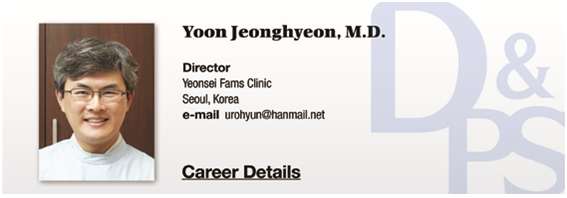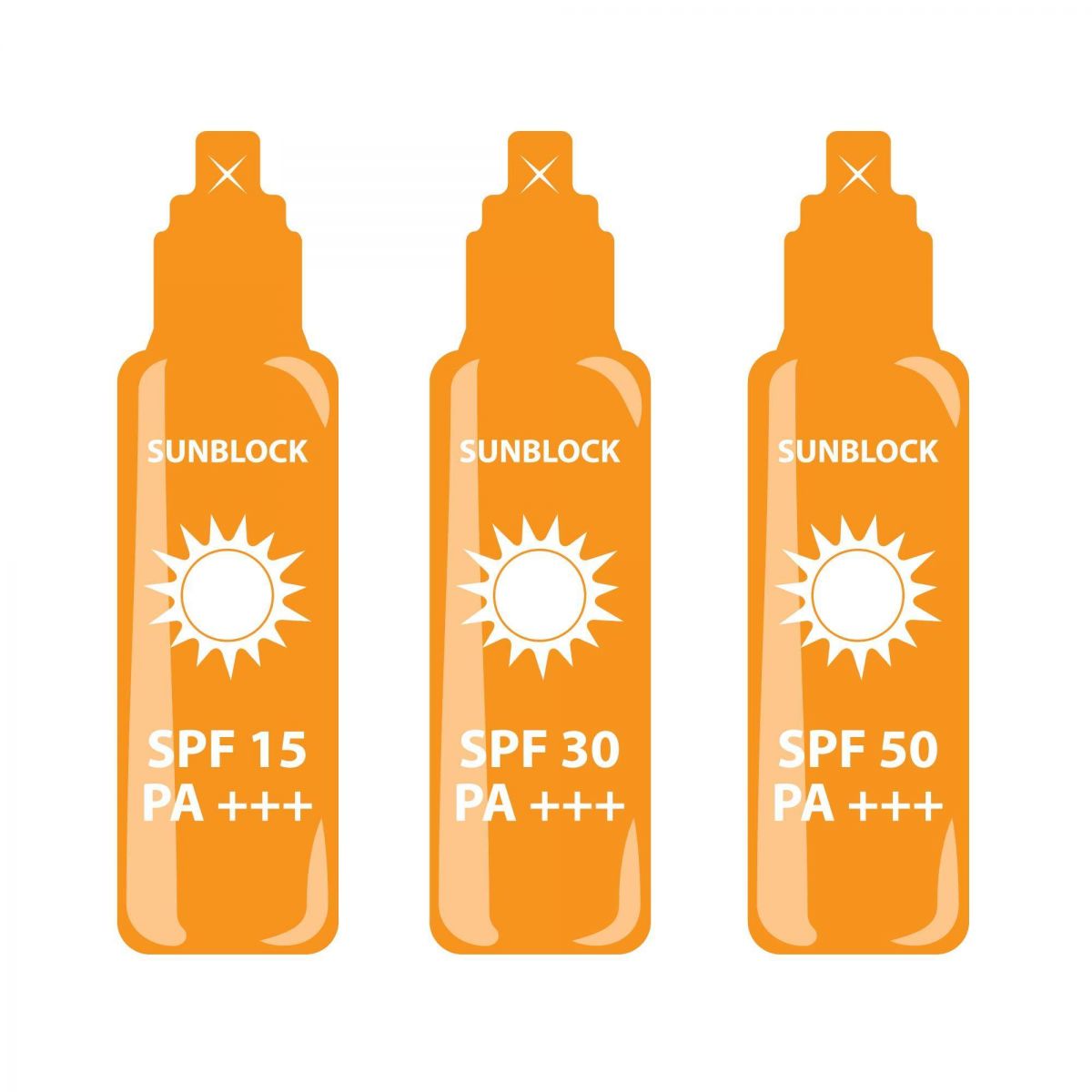
▶ Previous Artlcle: #10-4. Q-switched Ruby Laser
After laser irradiation to the dermal pigmented lesions, the observation results of histological changes suggest that the absorption of the destroyed pigments and pigment cells begins after about a week and the melanin is observed in macrophages, and after several weeks, the melanin in the dermis decreases.
Clinically, hyperpigmentation occurs for several weeks after the laser irradiation, but in the case of Ruby Laser, mostly disappears naturally due to the low degree of dermal fibrosis.
However, the use of high fluence may lead to severe fibrosis, which can slow down the phagocytosis and removal of melanin by macrophages. Hypopigmentation is not permanent and it usually takes 2-3 months before the affected skin returns to its normal color.
.jpg)
[Advertisement] FCR® (Fractional Prickle CoralCalcium Regentron) – Manufacturer: (www.illglobal.com)]
The Ruby Laser post-processing method is similar to other laser procedures. Steroid lotion is applied immediately after laser irradiation, and then soothing pack is placed on irradiated site of the skin for 30 minutes.
The moisturizing and regenerating cream are applied once every 3 to 4 hours from the day of procedure, and it should be ensured that patient does not deliberately tear or scratch the crust until it is naturally exfoliated.
After exfoliation of crust, sunscreen of SPF 30, PA+++ or higher should be necessarily applied every 3 hours and the whitening cream should be applied at night. It is recommended to use sunscreen and whitening cream for at least 3 months.

Figure 1. Sunscreen.
In conclusion, it is important to apply the parameters optimized for each lesion in order to minimize side effect, if possible, and to ensure continued homecare through effective post-treatment.
However, these days, combination treatments using various lasers, instead of relying on single device, are common and have reduced side effects.
Further treatment and tracking observation, which particularly involves the use of Q-switched Nd:YAG Laser or Pico Laser toning, are important in improving the results of Ruby Laser procedure and increasing satisfaction with the procedure.
-To be continued.



















